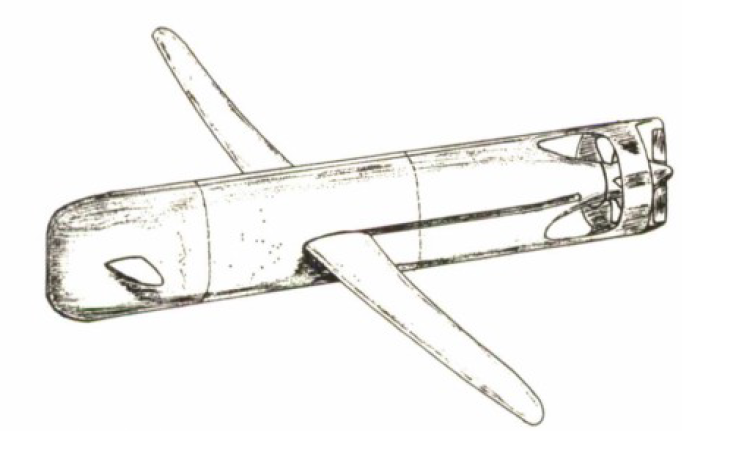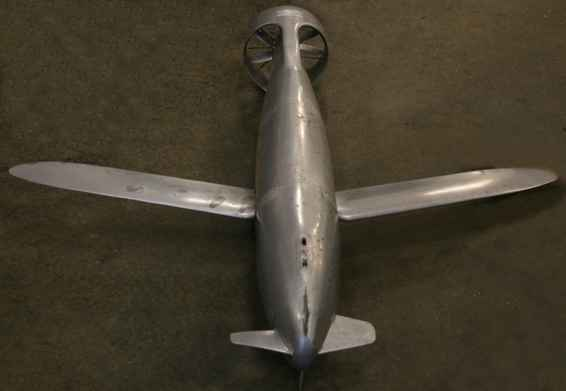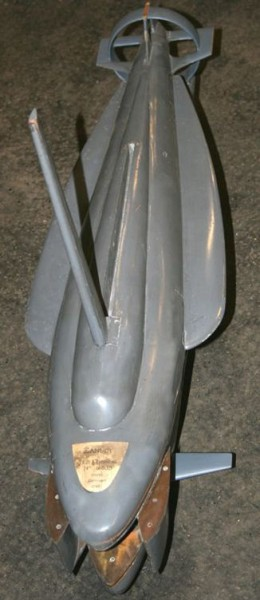- Joined
- 27 September 2006
- Messages
- 6,074
- Reaction score
- 6,188
One of the less covered aspects of the cancelation of CVA01 in 1966 was the proposal to introduce anti shipping missiles. The best source is the Friedman book on British Postwar Destroyers and Frigates. More may emerge in his new book on Submarines.
A range of weapons was envisaged from
AS11 and 12 missiles on Wasp helos to submarine launched missiles on SSNs.
The impact of this decision was far reaching.
Lynx received Sea Skuas but the planned longer range missile for Seakings did not appear.
Surface ships received Exocet in the 70s but the longer range weapon had to wait for Harpoon.
The same was true of SSNs for which a British weapon based on Martel was developed but Harpoon fitted.
Finally, Martel was fitted to Buccaneers in the anti shipping role (Nimrods again had to wait for Harpoon).
Here is the alternate history bit. Could you have done a better job?
A range of weapons was envisaged from
AS11 and 12 missiles on Wasp helos to submarine launched missiles on SSNs.
The impact of this decision was far reaching.
Lynx received Sea Skuas but the planned longer range missile for Seakings did not appear.
Surface ships received Exocet in the 70s but the longer range weapon had to wait for Harpoon.
The same was true of SSNs for which a British weapon based on Martel was developed but Harpoon fitted.
Finally, Martel was fitted to Buccaneers in the anti shipping role (Nimrods again had to wait for Harpoon).
Here is the alternate history bit. Could you have done a better job?




